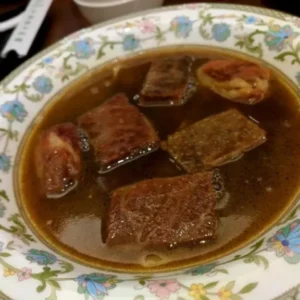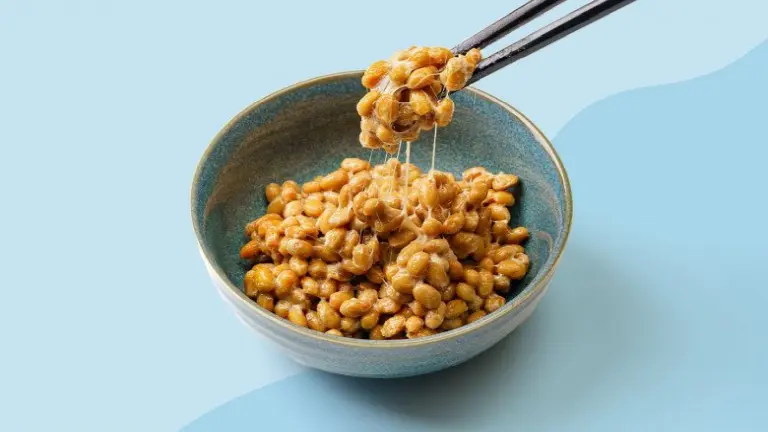Fish sperm, fermented seafood, still-breathing frogs… Japan’s most bizarre dishes can leave diners haunted by their terrifying appearances and unusual flavors.
Shirouo – The Dancing Fish
Known in Japan as odorigui (literally “dancing while eaten”), Shirouo is a dish made from tiny transparent fish eaten alive. These young ice gobies are placed in a bowl of water, served fresh, and eaten raw while still wriggling.

The unique experience of eating Shirouo lies in the sensation of the fish squirming inside your mouth. To prepare, chefs crack an egg into the bowl, mix it with a splash of vinegar, and pour it over the live fish. The vinegar irritates the fish, making them “dance” even more vigorously before being swallowed.
>> Amazake – The ancient Japanese superdrink making a modern comeback
For some diners, the thrill is chewing them alive. For others, it’s gulping them whole and joking that the fish are swimming inside their stomachs. Traditionally, Shirouo is enjoyed with a glass of shochu (Japanese distilled liquor), which helps wash down the wriggling sensation.
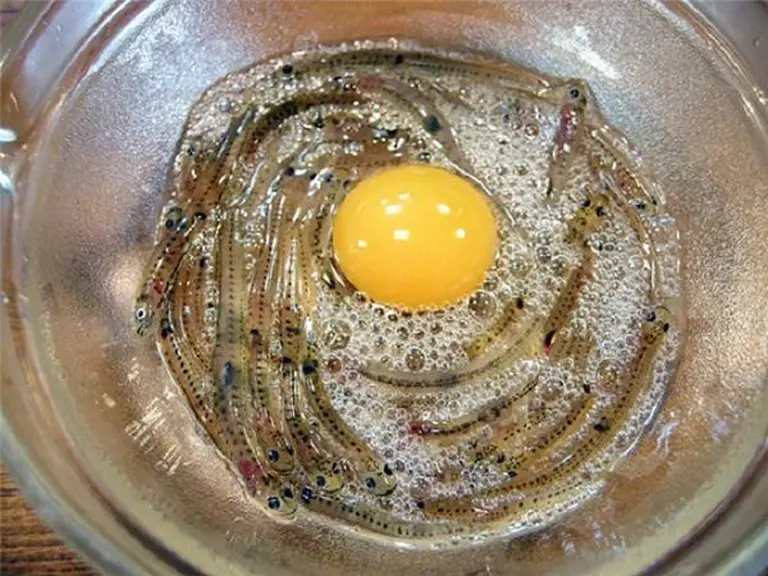
Shirouo is available only in spring, marking the end of Japan’s harsh winter. Some seasonal restaurants open exclusively to serve Shirouo during this time, then close or dismantle completely once the season ends.
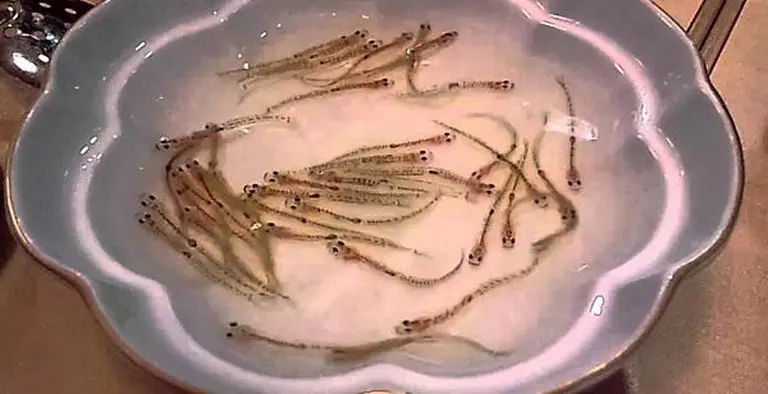
>> Hákarl: Iceland rotten Shark that tourists dare to eat
Shiokara – Japan’s Fermented “Rotten” Seafood
If Shirouo sounds intense, Shiokara takes the horror to another level. Often referred to as “fermented seafood,” Shiokara is made from small pieces of squid, shrimp, or fish soaked in their own guts, heavily salted, and left to ferment for about a month.

The result? A pungent, slimy dish with a salty, sticky texture and a stench so strong it lingers in the nose. Served in small portions, Shiokara is considered a rare delicacy by locals but a nightmare for many tourists.
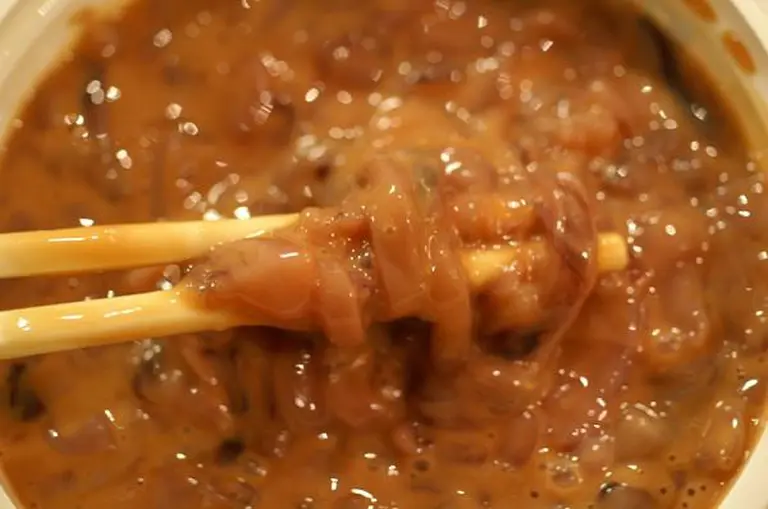
Brave visitors often describe the taste as overpoweringly fishy and bitter. Some gag the moment they try to swallow it. Others pinch their noses and hold their breath in an attempt to endure the flavor, only to give up halfway.
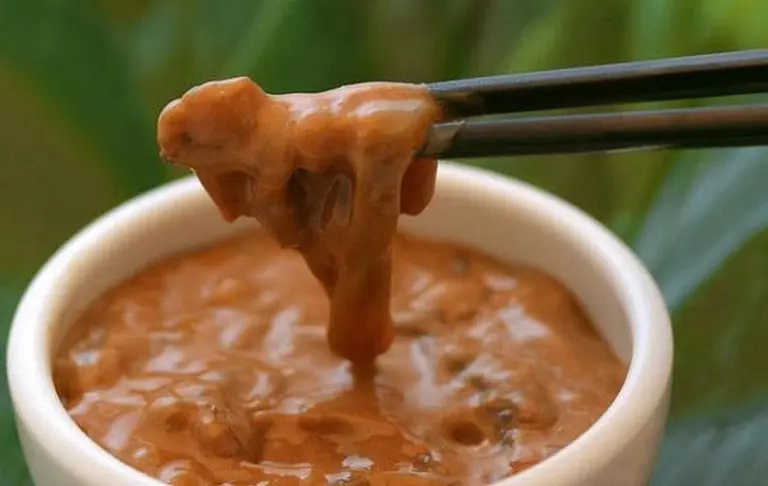
>> Casu Marzu: The forbidden Cheese that wiggles with life
Shirako – Male Fish Sperm Sac
Shirako is perhaps the most shocking of all. Translating to “white children” in Japanese, Shirako refers to the sperm sacs of male cod or pufferfish. At sushi bars and izakaya across Japan, Shirako can be found on the menu.

Eaten raw, Shirako has a creamy, buttery texture that melts in the mouth, but its peculiar flavor is far from appealing to everyone. Many describe the taste as musky, pungent, and unsettling, making it one of the most polarizing dishes in Japanese cuisine.

Beyond eating it raw, Shirako is also served grilled, deep-fried, or even made into sushi topped with its custard-like texture. Still, the idea of consuming fish semen sacs is enough to send shivers down the spine of even the most adventurous foodies.

>> 9 most bizarre dishes on the planet that only the brave dare to eat
Live Frog Sashimi – The Still-Breathing Delicacy
One of the most controversial Japanese dishes is live frog sashimi. Once ordered, the chef immediately prepares the frog by cutting off its head, removing its skin and organs, and serving the fresh flesh on ice with lemon slices.
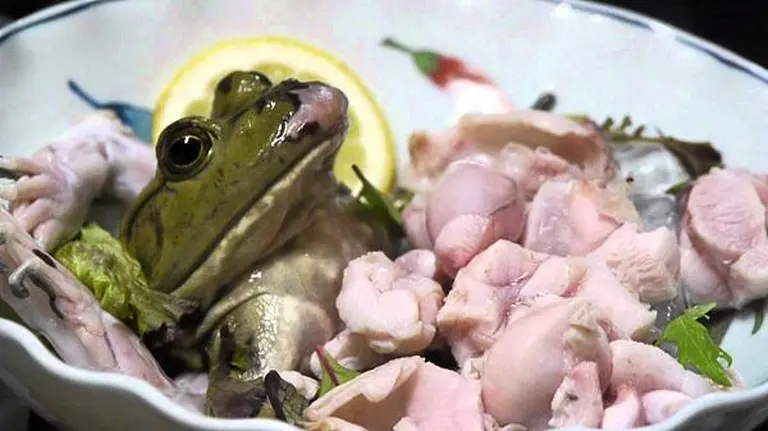
The frog’s skin and innards are simmered into a hot soup as a side dish. But the most disturbing part is this: when the sashimi platter arrives, the frog is often still alive, its chest rising and falling as it breathes, its eyes blinking while staring directly at the diner.
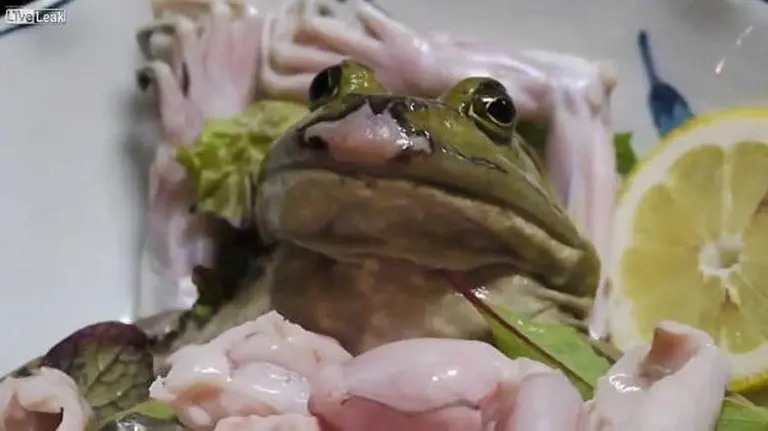
Many consider the practice horrifying and cruel, though locals argue that the bullfrogs used are safe to eat and widely enjoyed around the world. Still, few countries serve it alive in such a spine-chilling fashion as Japan.
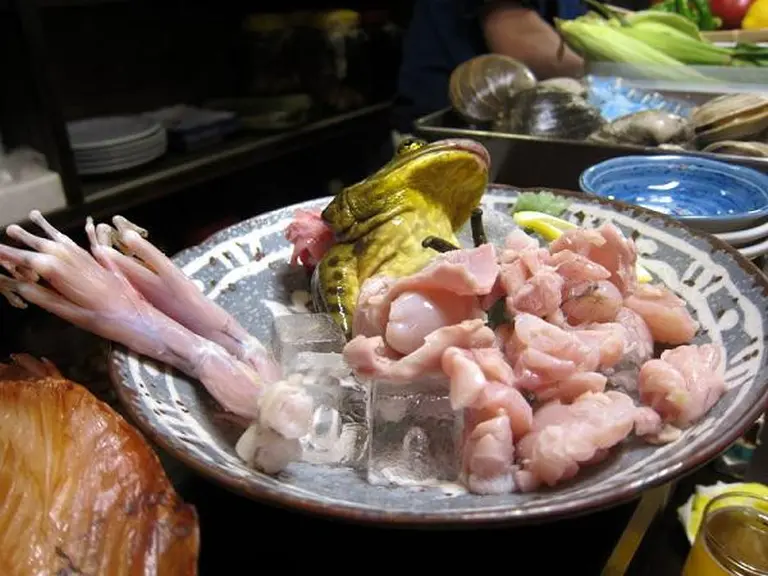
>> Hongeo: The infamous “Toilet-Smelling” delicacy of Korea that surprises with its taste
Japan is a country where culinary traditions push boundaries, blending history, ritual, and sometimes shock value. While dishes like sushi and ramen attract millions of food lovers, these bizarre and horror-movie-like specialties reveal another side of Japanese cuisine—one that only the bravest dare to try.


